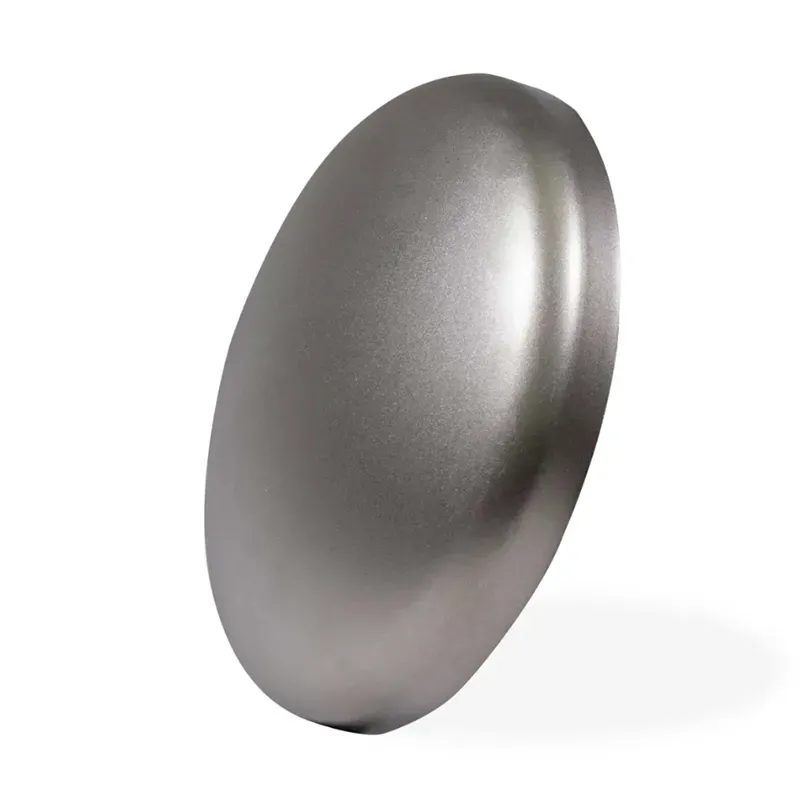-
Cangzhou Yulong Steel Co., Ltd.
-
Phone:
+86 13303177267 -
Email:
admin@ylsteelfittings.com
- English
- Arabic
- Italian
- Spanish
- Portuguese
- German
- kazakh
- Persian
- Greek
- French
- Russian
- Polish
- Thai
- Indonesian
- Vietnamese
- Zulu
- Korean
- Uzbek
- Hindi
- Serbian
- Malay
- Ukrainian
- Gujarati
- Haitian Creole
- hausa
- hawaiian
- Hebrew
- Miao
- Hungarian
- Icelandic
- igbo
- irish
- Japanese
- Javanese
- Kannada
- Khmer
- Rwandese
- Afrikaans
- Albanian
- Amharic
- Armenian
- Azerbaijani
- Basque
- Belarusian
- Bengali
- Bosnian
- Bulgarian
- Catalan
- Cebuano
- China
- China (Taiwan)
- Corsican
- Croatian
- Czech
- Danish
- Esperanto
- Estonian
- Finnish
- Frisian
- Galician
- Georgian
- Kurdish
- Kyrgyz
- Lao
- Latin
- Latvian
- Lithuanian
- Luxembourgish
- Macedonian
- Malgashi
- Malayalam
- Maltese
- Maori
- Marathi
- Mongolian
- Myanmar
- Nepali
- Norwegian
- Norwegian
- Occitan
- Pashto
- Dutch
- Punjabi
- Romanian
- Samoan
- Scottish Gaelic
- Sesotho
- Shona
- Sindhi
- Sinhala
- Slovak
- Slovenian
- Somali
- Sundanese
- Swahili
- Swedish
- Tagalog
- Tajik
- Tamil
- Tatar
- Telugu
- Turkish
- Turkmen
- Urdu
- Uighur
- Welsh
- Bantu
- Yiddish
- Yoruba

Sep . 04, 2024 10:27 Back to list
flange 4 ansi 150
Understanding the ANSI 150 Flange Standard
Flanges are essential components in piping systems, serving as the connection points for pipes, valves, pumps, and other equipment. Among various flange standards, the ANSI 150 flange is widely recognized and used across industries, from oil and gas to water treatment and chemical processing. Understanding the specifications and applications of ANSI 150 flanges can help engineers and technicians ensure system integrity and reliability.
Understanding the ANSI 150 Flange Standard
ANSI 150 flanges are typically made from various materials, including carbon steel, stainless steel, and alloy steel. The choice of material depends on the application, the medium being transported, and environmental factors. For instance, stainless steel flanges are favored in corrosive environments due to their superior resistance to oxidation and deterioration. Conversely, carbon steel flanges may be used in less demanding situations where cost efficiency is more critical.
flange 4 ansi 150

The design of ANSI 150 flanges usually follows a flat or raised face, enabling easy sealing with gaskets. The flanges are manufactured with specific dimensions, as outlined in ASME B16.5, which provides guidelines on flange dimensions, tolerances, fittings, and bolting. The standard specifies diameters, thicknesses, and other critical parameters, which ensures compatibility with corresponding pipes and components.
Installation of ANSI 150 flanges must be carried out with precision to avoid leaks and ensure a proper seal. Gaskets, typically made of materials like rubber, PTFE, or metal, are placed between the flanges before bolting them together. The use of the correct number and type of bolts is essential for achieving the desired clamping force and pressure resistance. Over-tightening can lead to material deformation or damage, while under-tightening can result in leaks.
In summary, ANSI 150 flanges play a critical role in various industrial applications, providing reliable connections in piping systems. Understanding their specifications, applications, and proper installation techniques is vital for engineers and technicians to maintain system performance and safety. As industries evolve, staying informed about flange standards and innovations will continue to be paramount in ensuring operational excellence.
Latest news
-
ANSI 150P SS304 SO FLANGE
NewsFeb.14,2025
-
ASTM A333GR6 STEEL PIPE
NewsJan.20,2025
-
ANSI B16.5 WELDING NECK FLANGE
NewsJan.15,2026
-
ANSI B16.5 SLIP-ON FLANGE
NewsApr.19,2024
-
SABS 1123 FLANGE
NewsJan.15,2025
-
DIN86044 PLATE FLANGE
NewsApr.19,2024
-
DIN2527 BLIND FLANGE
NewsApr.12,2024
-
JIS B2311 Butt-Welding Fittings LR/SR 45°/90° /180°Seamless/Weld
NewsApr.23,2024











